The skies of North America are home to a diverse array of predatory birds, from massive eagles to nimble hawks. Yet among these aerial hunters, one diminutive species stands out for its combination of compact size and formidable hunting prowess. The American Kestrel (Falco sparverius), weighing no more than a handful of cookies, holds the distinction of being North America’s smallest bird of prey. Despite its modest proportions, this falcon displays remarkable hunting abilities and a colorful personality that have captivated birdwatchers and researchers alike. This tiny raptor offers a powerful reminder that in nature, effective predators come in all sizes, and sometimes the most impressive hunters are the ones you might initially overlook.
Physical Characteristics of the American Kestrel
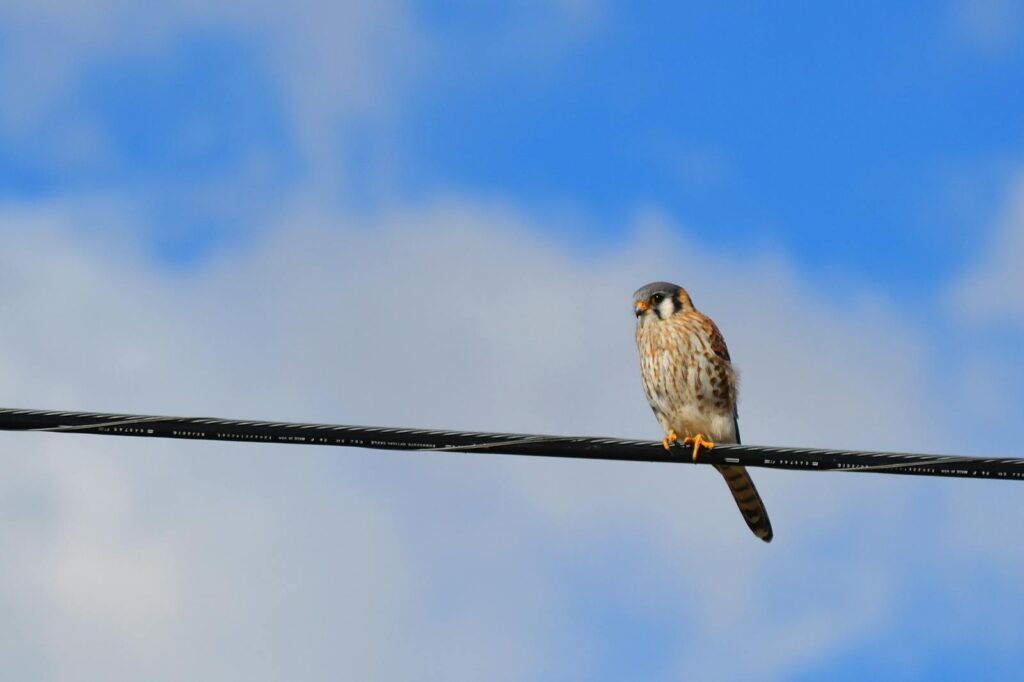
The American Kestrel is a remarkably small raptor, measuring just 8.7-12.2 inches (22-31 cm) in length with a wingspan of 20-24 inches (50-61 cm). Males typically weigh between 2.8-3.9 ounces (80-111 grams), while females, following the pattern of reversed sexual dimorphism common in raptors, are slightly larger at 3.1-4.9 ounces (86-140 grams). Its plumage is strikingly colorful for a bird of prey, with males displaying slate-blue wings, rusty-red backs and tails, and distinctive black facial markings that resemble a mustache and sideburns. The kestrel’s compact size and slender profile have earned it nicknames like “sparrow hawk,” though it’s not closely related to hawks at all, but rather belongs to the falcon family.
Habitat and Range
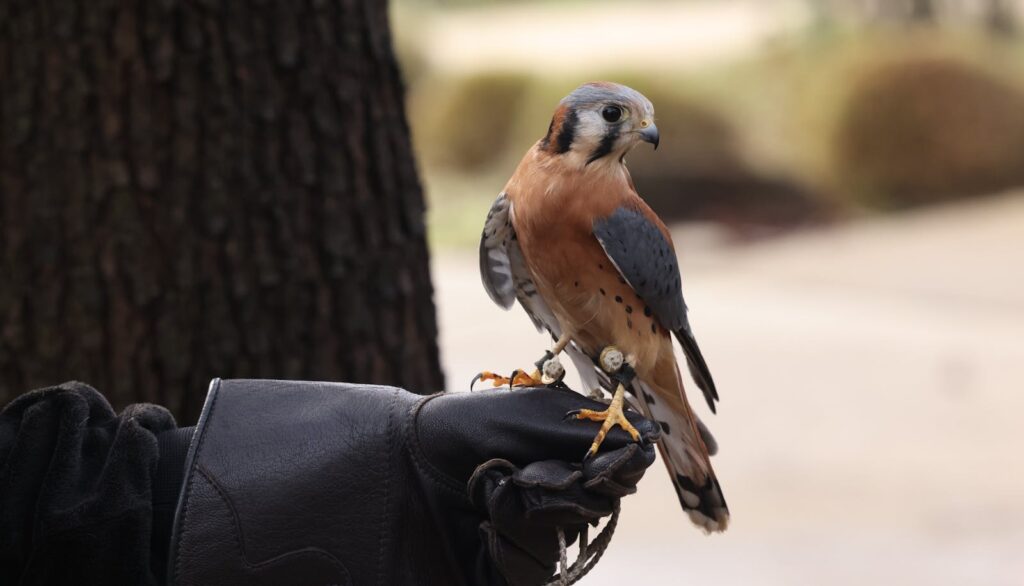
American Kestrels demonstrate remarkable adaptability, occupying diverse habitats across North America from central Alaska and northern Canada to the southernmost regions of South America. These versatile birds thrive in open landscapes including meadows, grasslands, deserts, agricultural fields, and even suburban areas with sufficient open space for hunting. Unlike many larger raptors, kestrels have successfully adapted to human-modified landscapes, often perching on telephone wires, fence posts, and light poles along roadsides. During winter months, northern populations migrate southward, while those in milder climates may remain year-round residents, establishing well-defined territories that they defend vigorously against intruders and competing kestrels.
Hunting Techniques
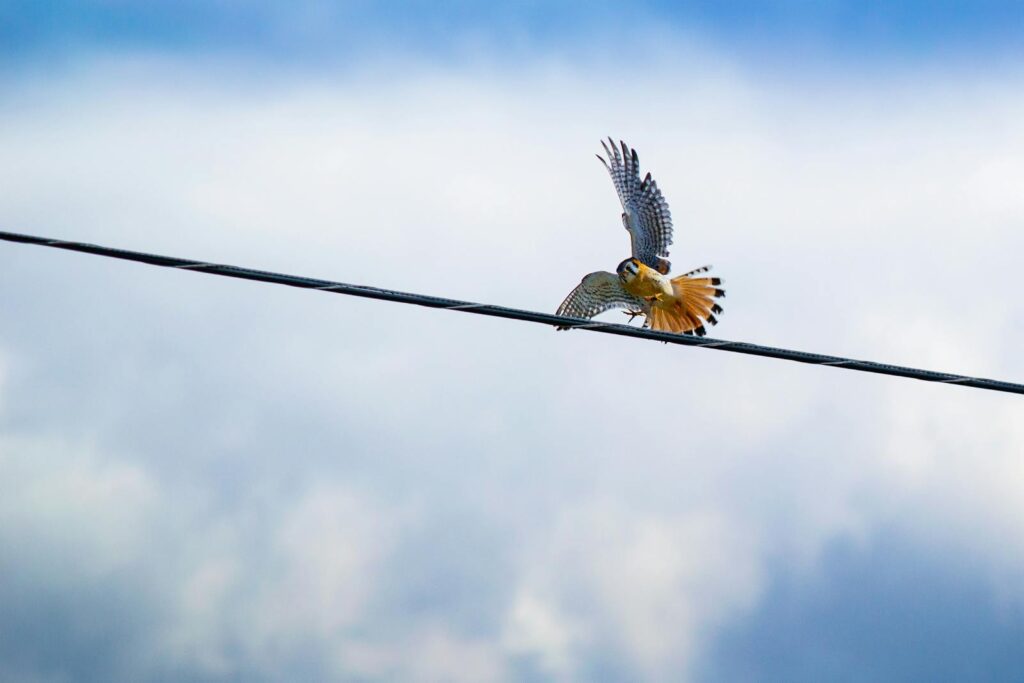
Despite their diminutive size, American Kestrels employ sophisticated hunting strategies that make them formidable predators in their ecological niche. Their most distinctive hunting method involves hovering in place with rapidly beating wings while scanning the ground below, a technique known as “wind-hovering” or “kiting” that has earned them another nickname: “windhover.” When prey is spotted, the kestrel plunges downward in a controlled dive, using its sharp talons to capture the target with remarkable precision. Another common technique involves hunting from an elevated perch, where the bird can patiently observe the surrounding area before swooping down on unsuspecting prey. These versatile hunters are known to adjust their hunting methods based on wind conditions, prey availability, and the specific habitat they’re operating in.
Diet and Prey Selection
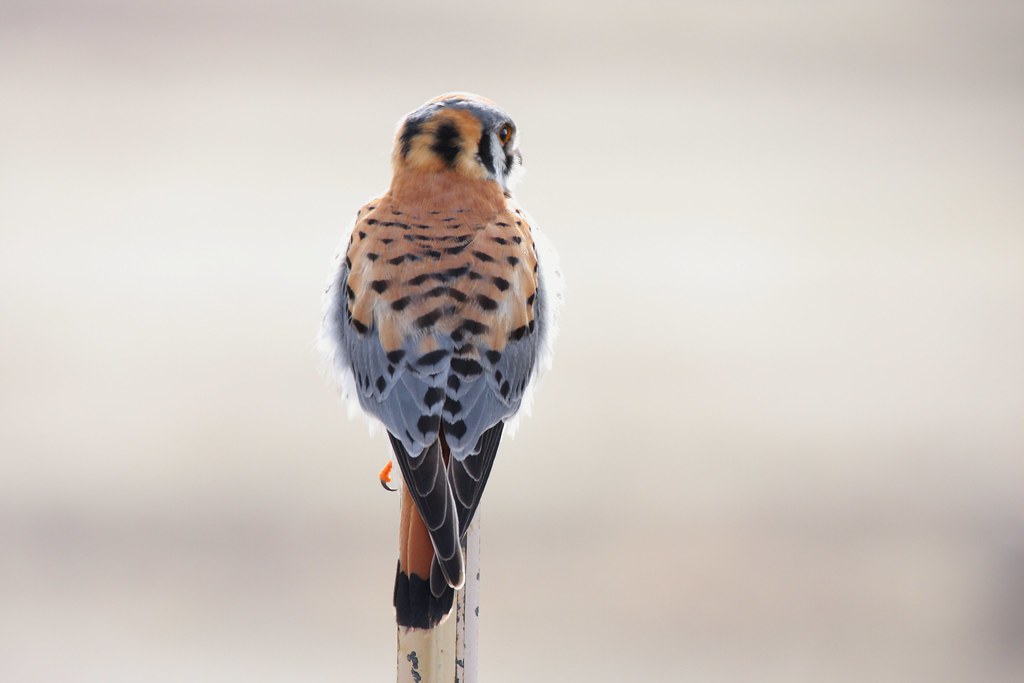
American Kestrels maintain an impressively diverse diet that shifts seasonally and regionally based on prey availability. Insects form a significant portion of their diet, particularly large varieties like grasshoppers, dragonflies, moths, and beetles that provide substantial nutrition despite their small size. Small mammals including voles, mice, and shrews constitute another major food source, especially during winter months when insect availability decreases. The kestrel’s menu extends to include small birds, usually weighing less than itself, along with reptiles like lizards and small snakes in warmer regions. Research has shown that individual kestrels often develop preferences for certain prey types, becoming specialists within their territories at capturing particular food sources most efficiently.
Exceptional Vision
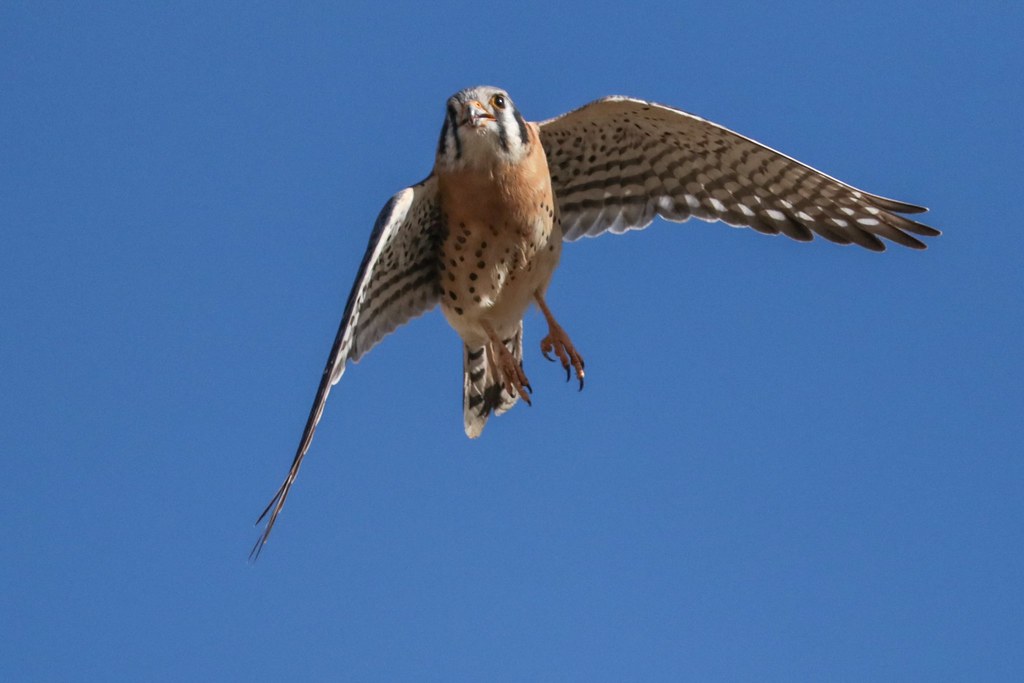
The hunting success of the American Kestrel relies heavily on its extraordinary visual capabilities, which rank among the most impressive in the avian world. These small falcons can detect ultraviolet light reflected by rodent urine trails, allowing them to identify areas where prey is likely to be abundant even from high altitudes. Their visual acuity enables them to spot small insects and rodents from perches up to 50 feet high or while hovering at similar heights. The kestrel’s eyes contain a higher concentration of photoreceptors than human eyes, with an estimated five times more sensory cells per unit area. This exceptional vision allows them to perceive minute movements on the ground while flying or hovering, giving them a crucial advantage when hunting in open habitats.
Nesting and Reproduction

American Kestrels are secondary cavity nesters, meaning they don’t excavate their own nest holes but instead utilize existing cavities in trees, cliffs, buildings, and nest boxes specifically designed for them. Breeding pairs typically form in late winter or early spring, with courtship involving aerial displays, food offerings from males to females, and mutual preening. Females lay clutches of 4-5 eggs (though ranging from 3-7), which are predominantly creamy-white with brown spotting, and incubation lasts approximately 30 days, primarily performed by the female while the male supplies food. After hatching, the young kestrels develop rapidly, fledging at about 30 days old but remaining dependent on parental feeding for several additional weeks as they develop their hunting skills. In favorable habitats with abundant food resources, some pairs may raise two broods in a single breeding season, demonstrating their remarkable reproductive potential.
Distinctive Vocalizations
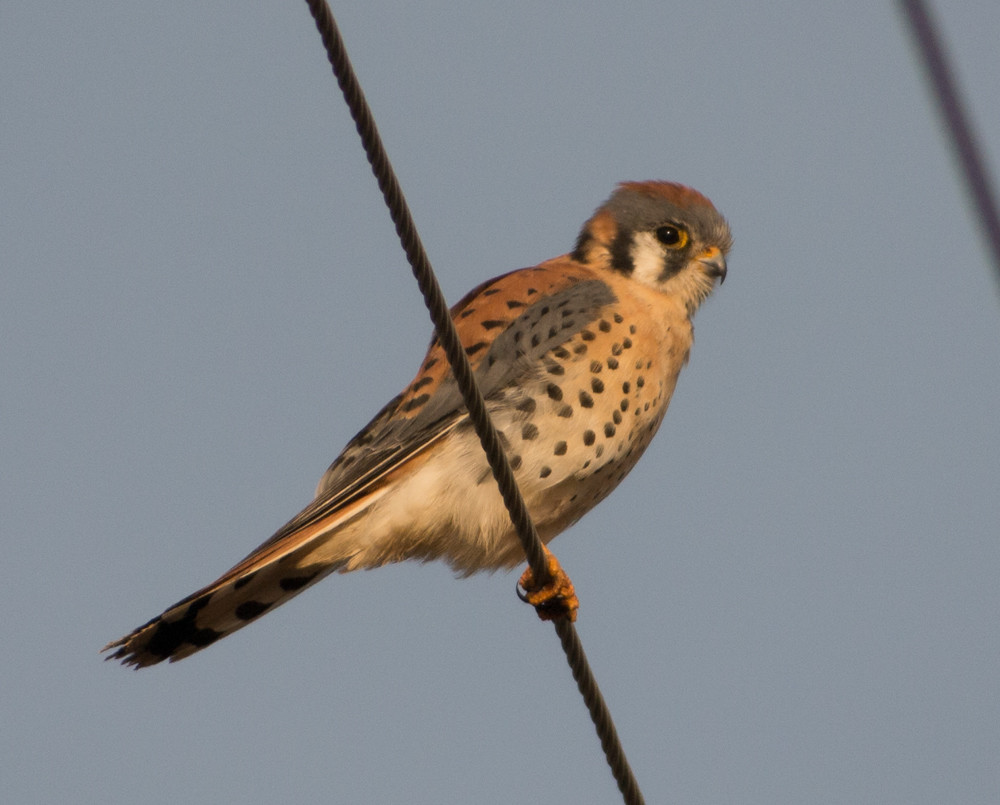
The vocal repertoire of the American Kestrel includes several distinctive calls that serve various social and territorial functions. Their most characteristic vocalization is a rapid, high-pitched “klee-klee-klee” or “killy-killy-killy” that gives rise to another of their common nicknames: the “killy hawk.” Males typically produce a somewhat higher-pitched call than females, allowing mates to recognize each other by voice alone. During courtship, pairs engage in vocal duets, with partners responding to each other’s calls in coordinated sequences that strengthen their pair bond. Alarm calls, which are shorter and more intense versions of their typical vocalizations, alert nearby kestrels to potential threats from predators or human disturbances, triggering heightened vigilance throughout the local population.
Conservation Status and Challenges
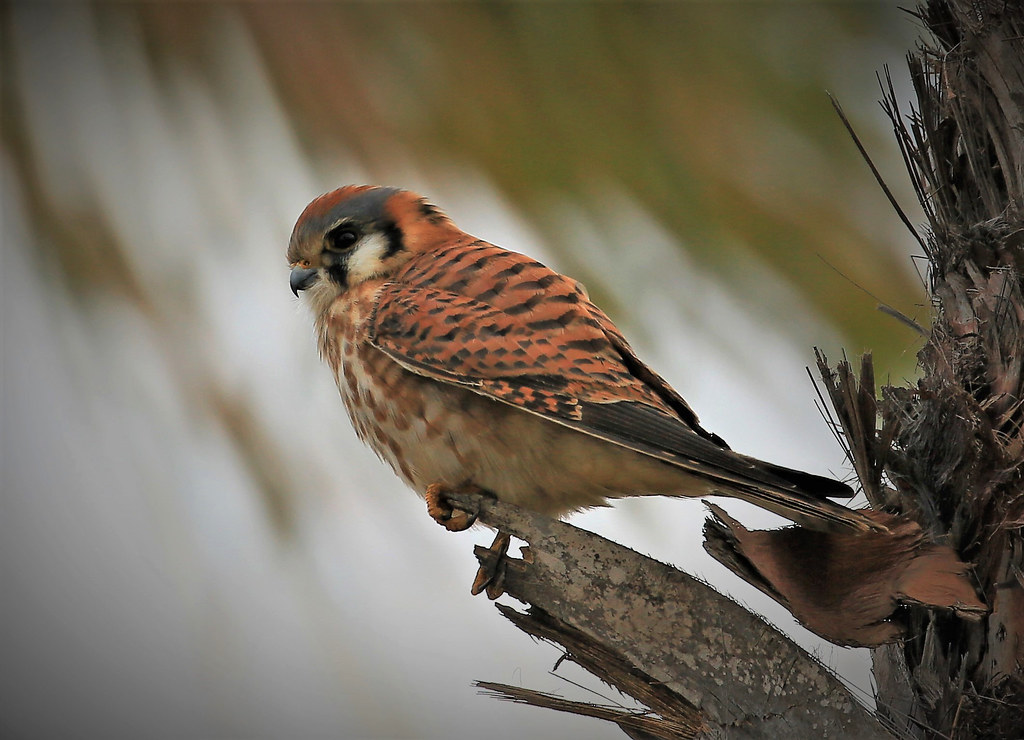
While still relatively common across much of North America, American Kestrel populations have experienced concerning declines in various regions over recent decades, with overall numbers estimated to have decreased by about 50% since the 1960s. This decline appears linked to multiple factors, including habitat loss due to urban development, intensive agriculture, and the removal of suitable nesting trees and structures. Pesticide use reduces insect prey availability and can cause direct poisoning when kestrels consume contaminated prey animals. Competition for nesting cavities with introduced species like European Starlings and House Sparrows further challenges breeding success in many areas. Climate change may also impact kestrel populations by altering prey availability and shifting the timing of seasonal migrations relative to food resources.
Conservation Efforts and Nest Box Programs

One of the most successful conservation strategies for American Kestrels has been the widespread implementation of nest box programs across North America. These initiatives provide artificial nesting cavities specifically designed to meet kestrel requirements, featuring appropriate dimensions, entrance hole sizes, and placement heights that appeal to prospective breeding pairs. Volunteer-driven monitoring programs track occupancy rates, breeding success, and population trends, generating valuable data for researchers and conservation planners. The Cornell Lab of Ornithology’s NestWatch program and the American Kestrel Partnership coordinate community science efforts that have installed thousands of kestrel boxes while collecting standardized data on nesting outcomes. In many regions where natural cavities have become scarce, these nest box programs have successfully stabilized or even increased local kestrel populations, demonstrating the effectiveness of targeted conservation interventions.
Unique Behaviors and Adaptations
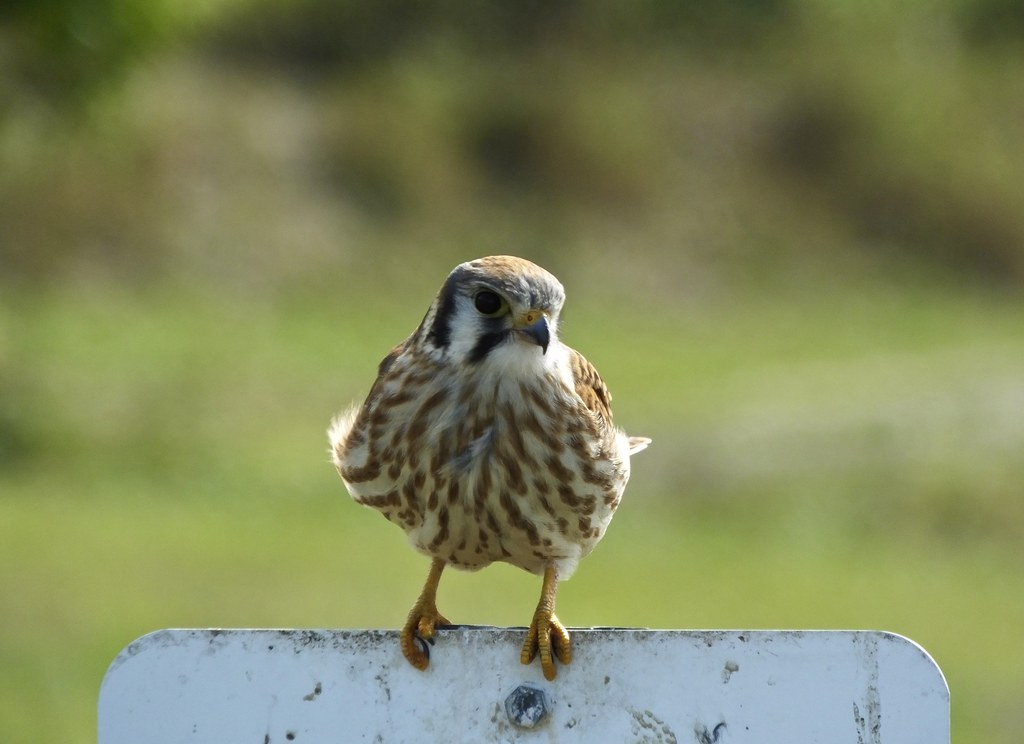
American Kestrels exhibit several fascinating behavioral adaptations that contribute to their success as small predators. Unlike most birds, kestrels can see ultraviolet light, allowing them to track vole movements through their urine trails, which reflect UV light – an invisible advantage that helps them locate prey-rich hunting grounds. They practice food caching behavior, storing surplus prey in grass clumps, tree cavities, or crevices during times of abundance for later consumption during food shortages. When threatened by larger raptors, kestrels employ a distinctive “tail-pumping” display, rapidly raising and lowering their tails, possibly to signal awareness of the potential predator and readiness to take evasive action. During courtship, males perform impressive “flutter-glide” flights, combining rapid wing beats with graceful gliding while vocalizing, demonstrating both their aerial prowess and physical fitness to potential mates.
Comparison to Other Small North American Raptors
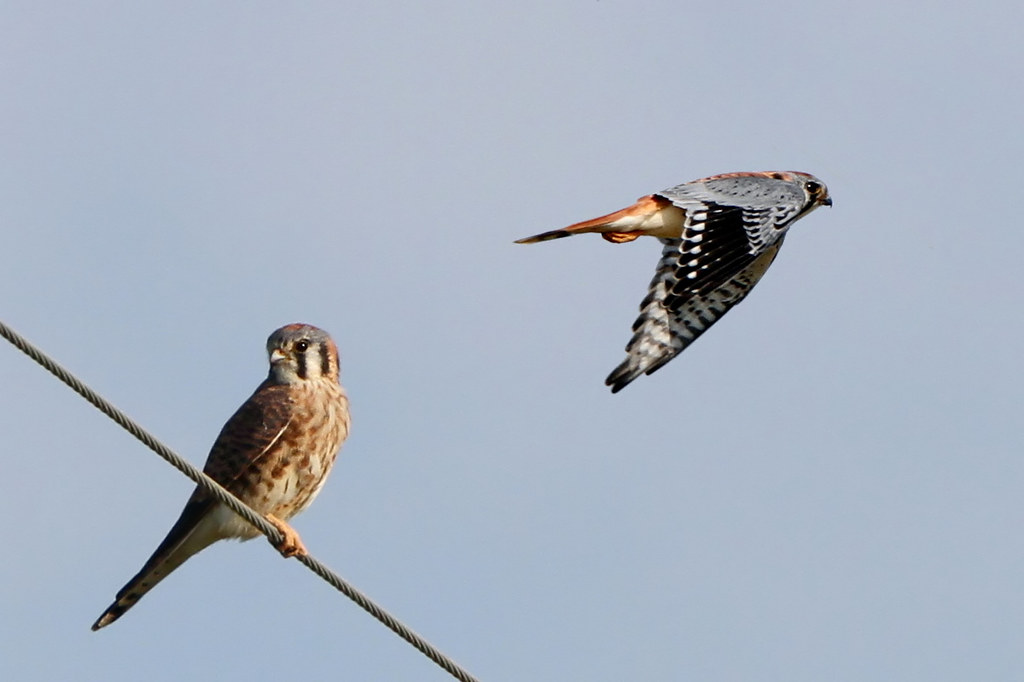
While the American Kestrel holds the title of North America’s smallest falcon, it shares the landscape with several other diminutive raptors that occupy similar ecological niches. The Sharp-shinned Hawk (Accipiter striatus), though slightly larger at 9.4-13.4 inches in length, presents the closest size comparison and sometimes competes with kestrels for prey, though it specializes more in hunting small birds through forest environments rather than open areas. The Northern Pygmy-Owl (Glaucidium gnoma), measuring 6.3-7.1 inches, is actually smaller than the kestrel but classified as an owl rather than a true raptor despite its diurnal hunting habits. The Merlin (Falco columbarius), another small falcon at 9.4-11.8 inches, overlaps in range with the kestrel but generally weighs nearly twice as much and focuses more heavily on avian prey rather than the kestrel’s diverse diet of insects, small mammals, and birds.
Cultural Significance and Research Value
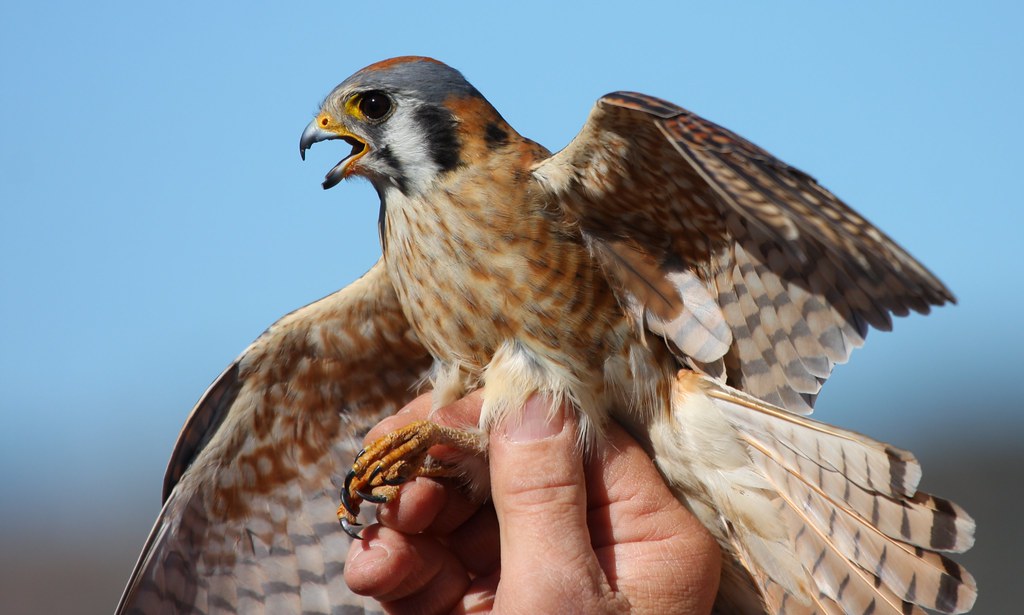
The American Kestrel has earned a special place in both scientific research and public appreciation as an ambassador species for raptor conservation. Due to its small size, adaptability to human presence, and relative ease of study, the kestrel has become one of the most thoroughly researched birds of prey, providing insights into raptor biology, predator-prey dynamics, and environmental health monitoring. Falconers have trained kestrels for centuries, valuing them for their energetic hunting style and ability to take quarry disproportionately large relative to their size. In Native American traditions, particularly among some Plains tribes, kestrel feathers were incorporated into ceremonial regalia and the bird was associated with qualities of precision, vigilance, and swift action. Today, their charismatic appearance and accessible behavior make them popular subjects for wildlife photographers and birding enthusiasts, serving as an entry point for many people’s interest in raptor conservation.
Future Prospects for the Smallest Raptor
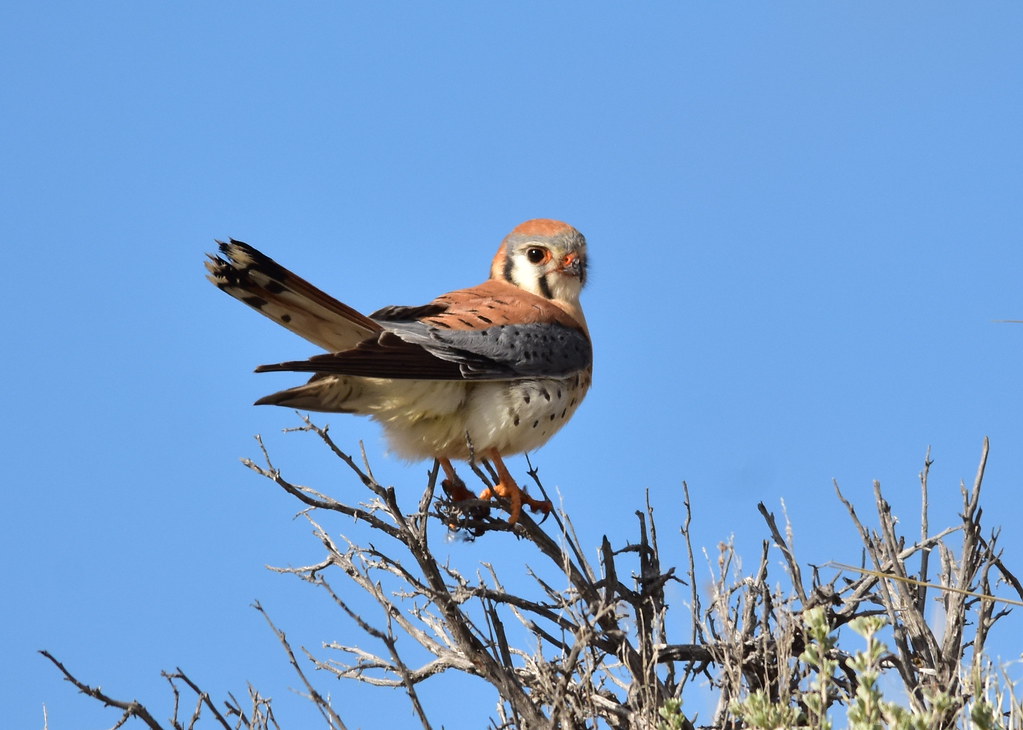
The future of the American Kestrel presents a complex picture with both challenges and reasons for optimism. While population declines remain concerning, increased awareness has sparked expanded research efforts and targeted conservation initiatives across the continent. The species’ inherent adaptability and ability to utilize artificial nest structures provide significant advantages for recovery compared to more habitat-specialized raptors. Citizen science programs focused on kestrel monitoring continue to expand, generating crucial data while simultaneously building public support for conservation measures. Researchers are investigating potential climate change impacts on kestrel breeding timing, migration patterns, and prey availability to develop forward-looking management strategies. As one of North America’s most accessible and charismatic raptors, the American Kestrel serves as an important flagship species whose conservation benefits numerous other wildlife that share its varied habitats, from grasslands to suburban green spaces.
Conclusion
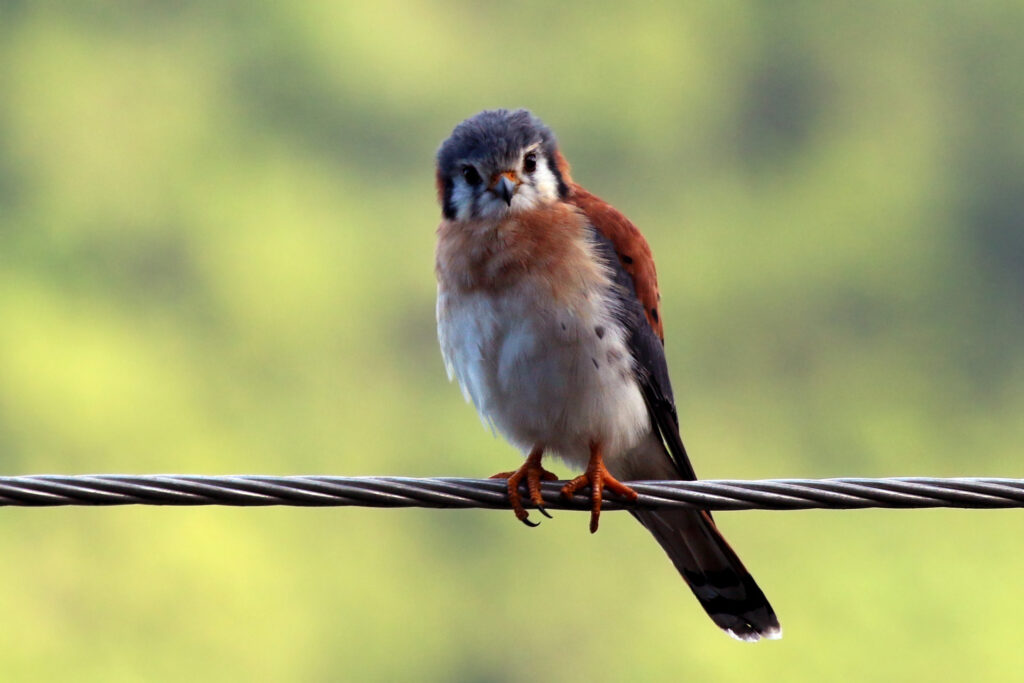
The American Kestrel may be North America’s smallest bird of prey, but it demonstrates that predatory prowess isn’t exclusively measured by size. From its remarkably keen vision to its diverse hunting techniques, this colorful falcon has successfully carved out an ecological niche that balances its physical limitations with exceptional adaptability. Despite facing modern challenges from habitat loss, pesticides, and climate change, dedicated conservation efforts—particularly community-driven nest box programs—offer promising pathways for population recovery. As research continues to uncover new aspects of kestrel biology and behavior, this diminutive raptor remains not only a fascinating subject of scientific inquiry but also an accessible entry point for public engagement with wildlife conservation. The story of the American Kestrel reminds us that sometimes nature’s most impressive designs come in its smallest packages.
